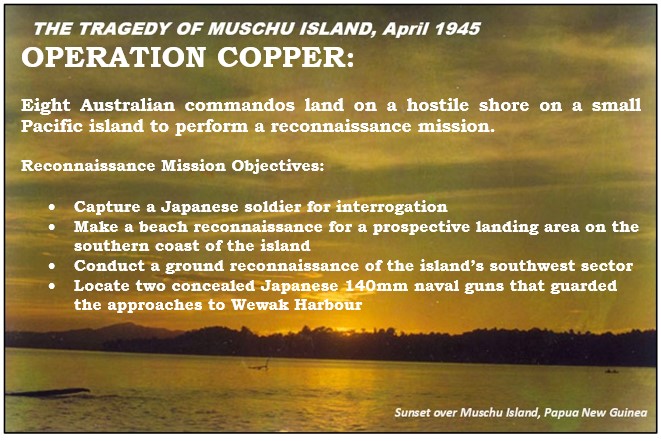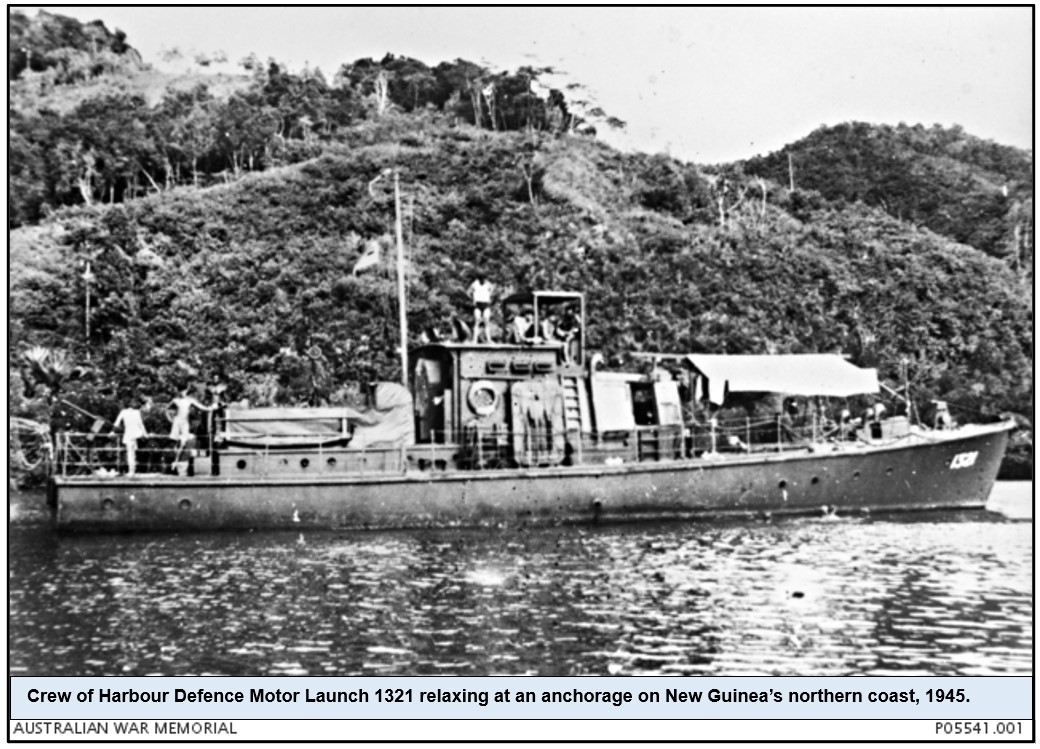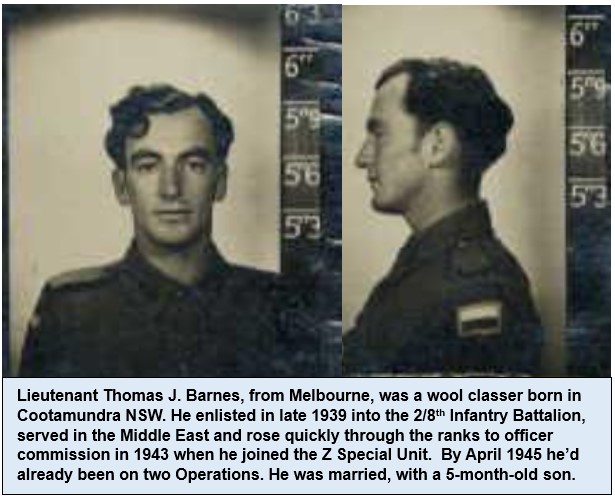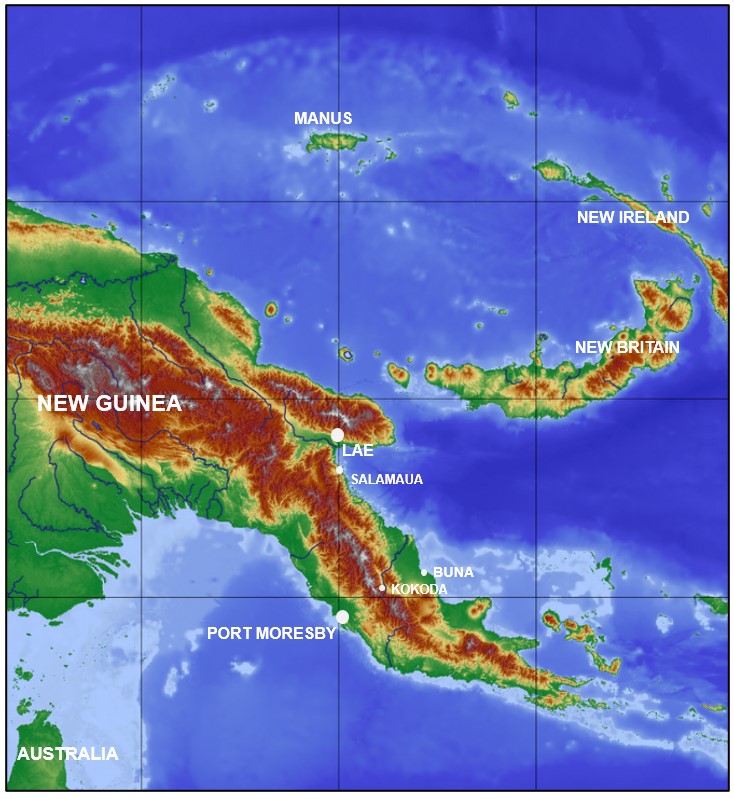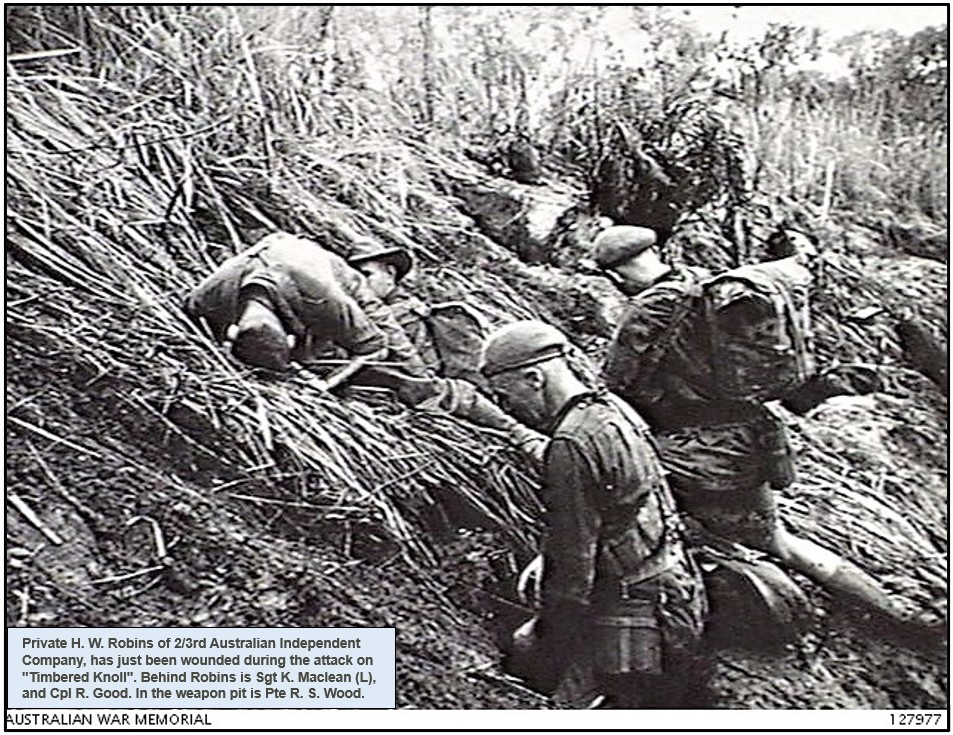Jan 1943: FD Roosevelt and Churchill, at the Casablanca Conference, resolved to retaliate against Japan on multiple fronts in the Pacific, starting in New Guinea.
One result was the April 1944 landing of 22,500 troops at Aitape (ai-ta-pee), on New Guinea’s north coast.
🧵
1/13
One result was the April 1944 landing of 22,500 troops at Aitape (ai-ta-pee), on New Guinea’s north coast.
🧵
1/13

2/13
The fight for New Guinea’s airfields was part of a threefold effort to attack the Japanese Empire:
1) to divert attention to the Southwest Pacific in time for USA to strike in the north;
2) to eliminate the Japanese SW Pacific Area HQ at Rabaul;
3) to retake the Philippines.
The fight for New Guinea’s airfields was part of a threefold effort to attack the Japanese Empire:
1) to divert attention to the Southwest Pacific in time for USA to strike in the north;
2) to eliminate the Japanese SW Pacific Area HQ at Rabaul;
3) to retake the Philippines.

April 21 1944:
The Greatest Generation.
Approaching Aitape, New Guinea.
Australian Air Force ground crews of Mobile Works, Design and Survey & Signals Units receive last-minute instructions on the hot deck of an LST (Landing Ship Tank).
They were to rebuild the enemy airfields.⤵️
The Greatest Generation.
Approaching Aitape, New Guinea.
Australian Air Force ground crews of Mobile Works, Design and Survey & Signals Units receive last-minute instructions on the hot deck of an LST (Landing Ship Tank).
They were to rebuild the enemy airfields.⤵️

4/13
A Landing Ship, Tank discharges equipment for Australian Works, Survey and Signals Units during the assault near Aitape.
The body of a Japanese soldier of the IJA 20th Division is a testimony of futile enemy resistance.
About 525 enemy soldiers were killed in the operation.
A Landing Ship, Tank discharges equipment for Australian Works, Survey and Signals Units during the assault near Aitape.
The body of a Japanese soldier of the IJA 20th Division is a testimony of futile enemy resistance.
About 525 enemy soldiers were killed in the operation.

5/13
By April 1944, important lessons had been learnt about amphibious landings on remote, hostile South West Pacific Area shores.
In the 20 months since #Guadalcanal, there had been major Allied landings at New Georgia, #Bougainville, Lae, Finschhafen, Manus and Cape Gloucester.
By April 1944, important lessons had been learnt about amphibious landings on remote, hostile South West Pacific Area shores.
In the 20 months since #Guadalcanal, there had been major Allied landings at New Georgia, #Bougainville, Lae, Finschhafen, Manus and Cape Gloucester.

6/13
An LCT (Landing Craft, Tank) unloads an Australian vehicle & ammunition at Aitape.
The Allied “Persecution Task Force” assigned to the April 22 landing at Aitape was built around the US 163rd Infantry Regiment (Montana National Guard) of the US Army’s 41st Infantry Division.
An LCT (Landing Craft, Tank) unloads an Australian vehicle & ammunition at Aitape.
The Allied “Persecution Task Force” assigned to the April 22 landing at Aitape was built around the US 163rd Infantry Regiment (Montana National Guard) of the US Army’s 41st Infantry Division.

7/13
On “Blue Beach, east of Aitape:
Watched by a crowd of soldiers on deck, #RAAF (Royal Australian Air Force) personnel of 62 Works Wing’s Mobile Works, Survey & Signals units prepare a sand track to enable heavy equipment to be brought ashore from a Landing Ship, Tank (LST).

On “Blue Beach, east of Aitape:
Watched by a crowd of soldiers on deck, #RAAF (Royal Australian Air Force) personnel of 62 Works Wing’s Mobile Works, Survey & Signals units prepare a sand track to enable heavy equipment to be brought ashore from a Landing Ship, Tank (LST).


8/
The weary, malnourished soldiers of Japanese 20th Div. had suffered severe losses around Lae on the New Guinea coast.
Then they'd withdrawn northwest to Wewak, their 18th Army base.
Now they were cut off by the Allied landing at Aitape, 180km (113 miles) further west of Wewak.
The weary, malnourished soldiers of Japanese 20th Div. had suffered severe losses around Lae on the New Guinea coast.
Then they'd withdrawn northwest to Wewak, their 18th Army base.
Now they were cut off by the Allied landing at Aitape, 180km (113 miles) further west of Wewak.

9/13
D-Day+1:
Battered trucks transport Australian stores into a bivouac area after landing from LSTs.
The ground forces of No. 62 Works Wing of the Royal Australian Air Force had travelled 1,000kms from Finschhafen.
Note the coconut palms damaged by aerial and naval bombardment.
D-Day+1:
Battered trucks transport Australian stores into a bivouac area after landing from LSTs.
The ground forces of No. 62 Works Wing of the Royal Australian Air Force had travelled 1,000kms from Finschhafen.
Note the coconut palms damaged by aerial and naval bombardment.

9/13
Heavy equipment comes ashore at Korako village, Aitape under the watchful eye of guards.
Relentless pre-invasion aerial bombing by US 5th Air Force had destroyed what little infrastructure there was.
Thus heavy engineering gear was sorely needed at the beachhead, & beyond.
Heavy equipment comes ashore at Korako village, Aitape under the watchful eye of guards.
Relentless pre-invasion aerial bombing by US 5th Air Force had destroyed what little infrastructure there was.
Thus heavy engineering gear was sorely needed at the beachhead, & beyond.

The destroyed Japanese fighter strip at nearby Tadji was made operational by RAAF No. 62 Works Wing within 48 hours of landing, after working nonstop. Twenty-five P-40 fighters from the No. 78 Wing of the RAAF were able to land on the field on 24 April, just 2 days after D-Day. 

12/
Troops of the 127th Regiment (Wisconsin National Guard), 32d Division discuss their move westward through the swamps and jungle from the beachhead towards Aitape town on a freshly-built temporary “corduroy” log track.
They were veterans of the 1942-43 combat @ Buna-Sanananda.
Troops of the 127th Regiment (Wisconsin National Guard), 32d Division discuss their move westward through the swamps and jungle from the beachhead towards Aitape town on a freshly-built temporary “corduroy” log track.
They were veterans of the 1942-43 combat @ Buna-Sanananda.

In the weeks following the landing, U.S. forces probed east towards the cut-off Japanese 18th Army.
Combat was sporadic through most of 1944.
In late 1944 the Australian 6th Division took over from the Americans and fought on in the Aitape-Wewak area until war’s end in 1945.
END
Combat was sporadic through most of 1944.
In late 1944 the Australian 6th Division took over from the Americans and fought on in the Aitape-Wewak area until war’s end in 1945.
END

• • •
Missing some Tweet in this thread? You can try to
force a refresh





